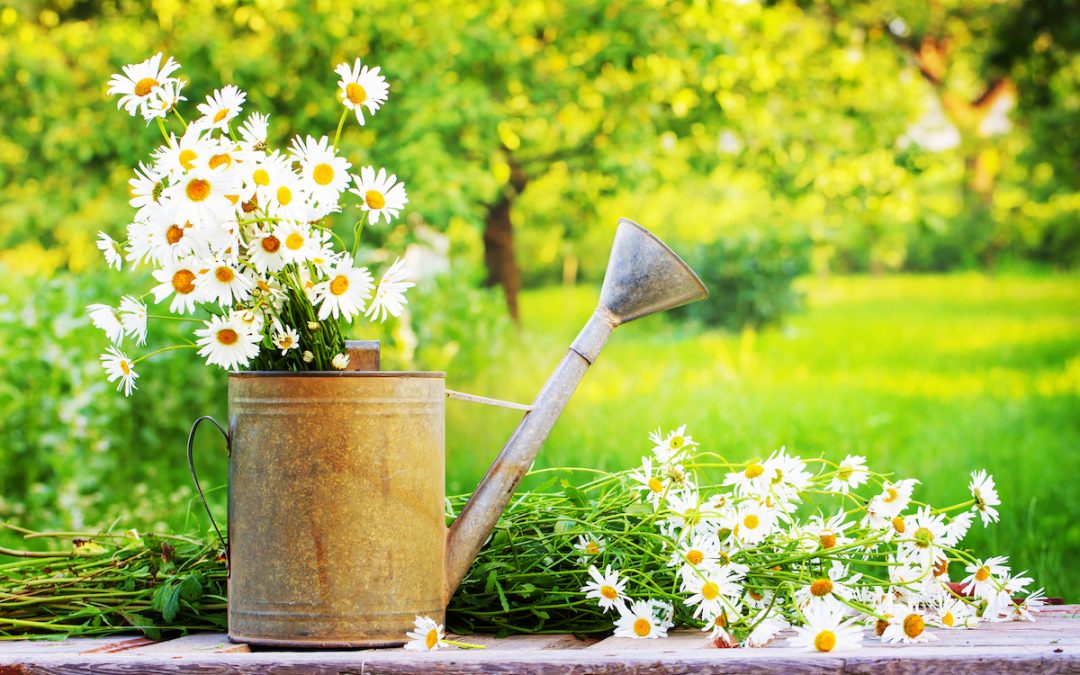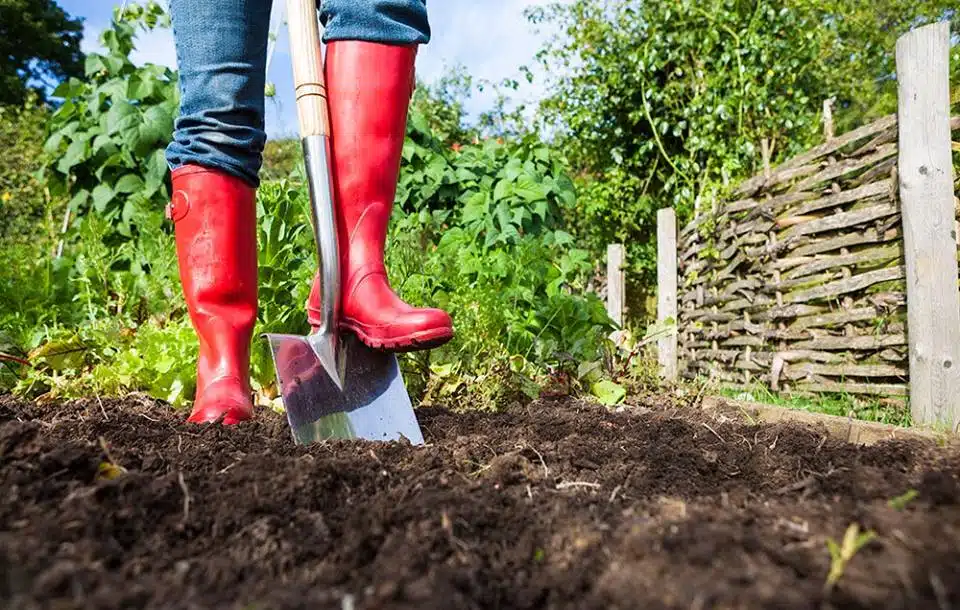Are you eager to start gardening but unsure of the right time to begin? Don’t worry, we’ve got you covered. In this article, we will discuss the best time to start gardening and provide you with valuable tips to ensure a successful gardening experience. So, let’s dive in and discover when to start gardening!
1. Understanding Your Climate
The first step in determining when to start gardening is to understand your climate. Different plants thrive in different weather conditions, so it’s essential to know the average temperatures and frost dates in your area. This information will help you determine the appropriate time to start planting.
Here are a few key factors to consider:
- Hardiness Zone: Find out which hardiness zone you are in. This will give you a general idea of the types of plants that can survive in your area.
- Last Frost Date: Knowing the last frost date is crucial, as planting too early can result in frost damage to your plants.
- First Frost Date: Similarly, knowing the first frost date will help you plan for the end of the growing season.
By understanding your climate and frost dates, you can determine the optimal time to start gardening.
2. Spring Gardening
Spring is a popular time for gardening, as it marks the beginning of the growing season for many plants. However, the exact timing of when to start gardening in spring can vary depending on your location.
Here are a few guidelines to follow:
- Soil Temperature: The soil temperature should be consistently above 50°F (10°C) before you start planting. You can use a soil thermometer to check the temperature.
- Planting Dates: Different plants have different planting dates. Cool-season crops like lettuce and peas can be planted as soon as the soil is workable, while warm-season crops like tomatoes and peppers should be planted after the last frost date.
- Seed Starting: If you plan to start your plants from seeds indoors, you should start them 6-8 weeks before the last frost date. This will give them enough time to grow and be ready for transplanting.
By following these guidelines, you can ensure a successful spring gardening season.
3. Summer Gardening
Summer is a great time to enjoy the fruits of your labor and continue gardening. However, the hot weather can pose challenges for certain plants. Here are some tips for summer gardening:
- Watering: The hot summer months can be drying for plants, so it’s important to water them regularly. Water deeply and avoid watering during the hottest part of the day to minimize evaporation.
- Shade: Provide shade for heat-sensitive plants by using shade cloth or planting them in areas with partial shade.
- Heat-Tolerant Plants: Choose heat-tolerant plants that can withstand the high temperatures of summer. Some examples include tomatoes, peppers, and sunflowers.
With proper care and attention, you can have a thriving garden throughout the summer months.

4. Fall Gardening
As summer comes to an end, you can still enjoy gardening by transitioning to fall crops. Fall gardening offers a unique opportunity to grow cool-season vegetables and extend your harvest season.
Here are a few tips for fall gardening:
- Planting Dates: Start planting fall crops 6-8 weeks before the first frost date. This will give them enough time to mature before the colder temperatures arrive.
- Cold Protection: Use row covers or cold frames to protect your plants from early frosts and extend the growing season.
- Crop Selection: Choose cold-hardy vegetables like kale, spinach, and carrots that can withstand cooler temperatures.
By embracing fall gardening, you can continue to enjoy fresh produce well into the cooler months.
5. Winter Gardening
While winter may seem like an unlikely time for gardening, there are still options for those with a green thumb. Winter gardening typically involves growing plants indoors or in protected environments.
Here are a few ideas for winter gardening:
- Indoor Plants: Grow herbs, microgreens, or small vegetables indoors using grow lights or near a sunny window.
- Greenhouses: If you have a greenhouse, you can continue to grow a variety of plants throughout the winter months.
- Cold Frames: Utilize cold frames to create a protected environment for cold-tolerant plants.
Winter gardening allows you to satisfy your gardening cravings even when the weather outside is frightful.
FAQs on When to Start Gardening
Q: Can I start gardening before the last frost date?
A: It’s generally not recommended to start gardening before the last frost date, as the risk of frost damage to your plants is high. However, you can start preparing your garden by clearing debris, improving soil quality, and planning your planting layout.
Q: How do I know if the soil is ready for planting?
A: You can test the soil readiness by performing a simple soil test. Take a handful of soil and squeeze it in your hand. If it crumbles easily, it’s ready for planting. If it forms a muddy ball, it’s too wet, and if it doesn’t hold together at all, it’s too dry.
Q: Can I start gardening in containers?
A: Absolutely! Container gardening is a great option for those with limited space or poor soil quality. You can start gardening in containers at any time, as long as you provide the appropriate growing conditions for your plants.
Q: What are the benefits of starting plants from seeds?
A: Starting plants from seeds allows you to have a wider variety of plants to choose from and can be more cost-effective than buying seedlings. It also gives you a sense of satisfaction and connection to your plants as you watch them grow from tiny seeds.
Q: Can I start gardening if I live in an apartment?
A: Absolutely! Even if you don’t have access to a garden, you can still enjoy gardening in an apartment. Consider growing plants in containers on your balcony or windowsill. There are also community gardens and urban gardening initiatives that you can get involved in.
Conclusion
Now that you know when to start gardening, it’s time to put your knowledge into action. Remember to consider your climate, frost dates, and the specific needs of your plants. Whether you’re starting in spring, summer, fall, or even winter, gardening is a rewarding and enjoyable hobby that allows you to connect with nature and reap the benefits of your hard work.
Fun Fact: Did you know that the world’s largest garden covers an area of over 2,000 acres? The Keukenhof Gardens in the Netherlands is famous for its stunning display of tulips and attracts millions of visitors each year.
Originally posted 2023-06-17 15:26:25.



